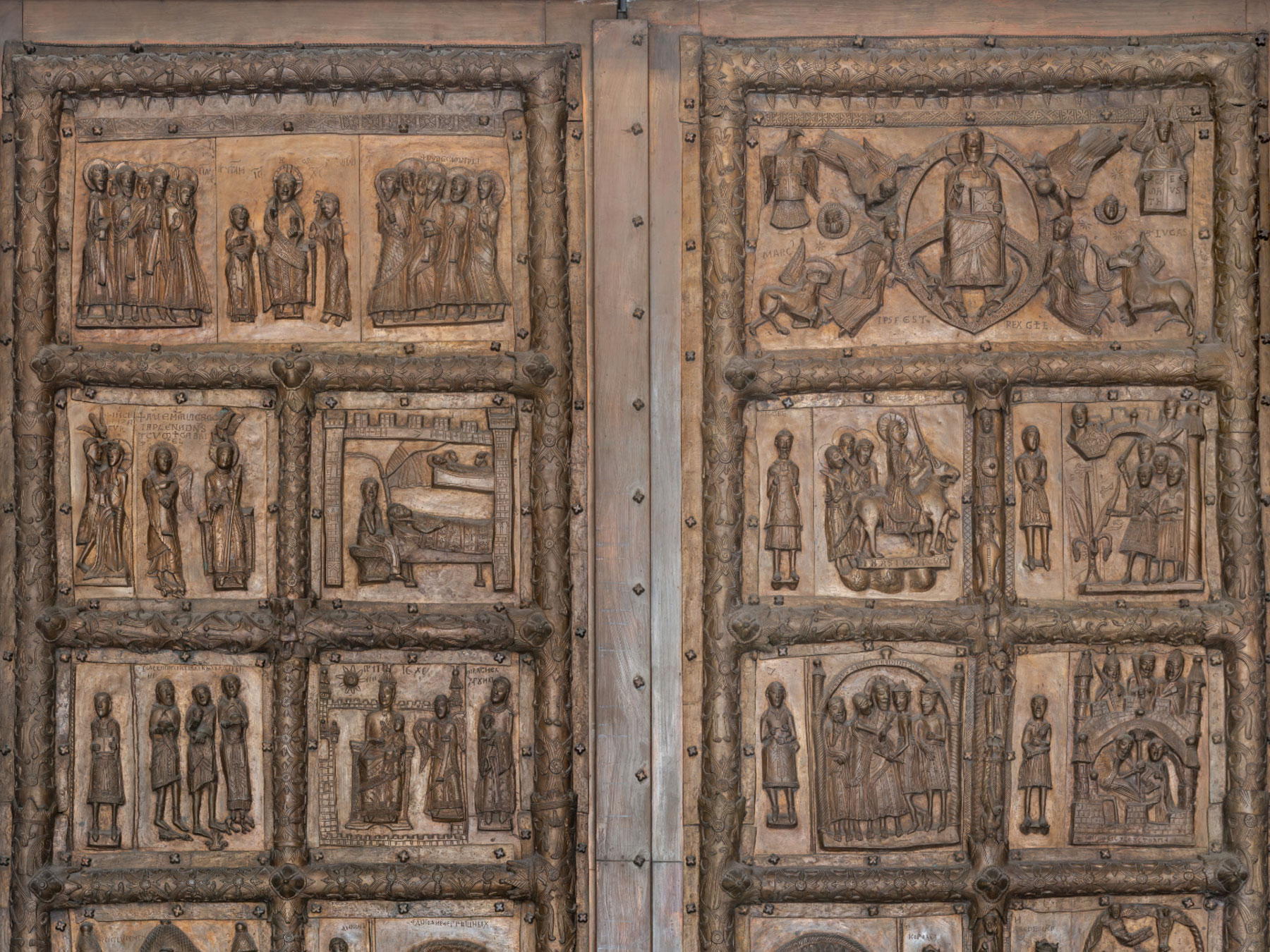Pieta
In the Chapel of St. Jack in the Basilica of St. Nicholas in Gdansk, we can admire a magnificent example of a medieval full-plastic wooden sculpture, polychromed and gilded, depicting the Madonna seated on a throne, supporting the dead body of Christ on her knees. What strikes the viewer is the realistically depicted pain and suffering on Mary’s face. Her eyebrows are drawn together, her forehead furrowed and her lips clenched in inwardly suppressed pain. Abundant tears flow from her bloodshot pupils onto her cheeks.
The Pietà’s current appearance is the result of a recent restoration in 2007, which helped to remove many layers of secondary repaints and expose the original form and colours.
The Dominican Pieta bears a strong resemblance to this type of sculpture from Olomouc in the Czech Republic, dating from around 1390. The Pieta represents a fine style developing in the years around 1380-1400 in Central European countries. It comprises a group of monuments preserved in Germany, the Czech Republic, Slovakia, Slovenia and Poland, which include Pieta and Beautiful Madonnas made according to a specific canon. These sculptures were primarily made in stone and the closest such example can be found in St Mary’s Basilica in Gdansk.
In this sense, the wooden Pieta from the Church of St. Nicholas is a unique example and a very well-preserved work of fine woodcarving in Pomerania.
Gigapixels
3D models
)
)
)
)
)
)
)
)
)